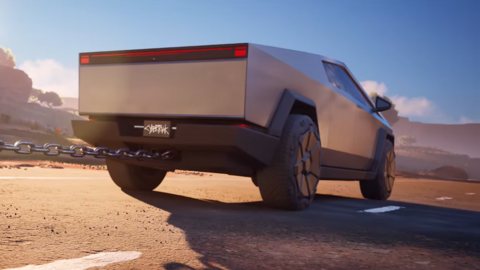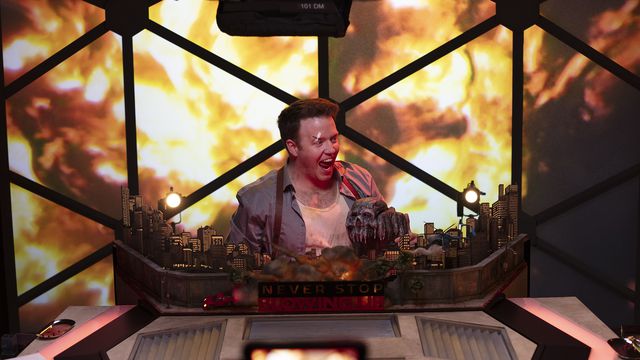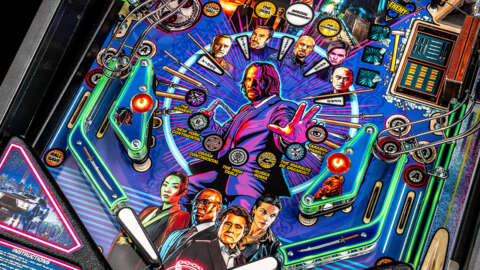I had only just played Persona 3 Portable in the last few years, so that hundred-hour saga felt relatively fresh in my mind going into my demo of Persona 3 Reload. I was excited to hang out with all my old pals, but a bit skeptical that it would be different enough to warrant the time investment all over again. In my playthrough that ran more than an hour, though, I didn't feel at all like Reload was covering the same ground, even if it basically is. The added gameplay elements, updated graphics, tweaked areas and social links compel me to sink another handful of months into getting to the bottom of Apathy Syndrome with the S.E.E.S. crew.
The biggest vibe shift was wandering the tower of Tartarus, which is now the creepiest of all the Persona dungeons. The aura is truly unsettling in the chunk of floors that I played, with the intent to closely emulate the themes of death in the game, producer Ryota Niitsuma and director Takuya Yamaguchi told me after the demo. Reworking Tartarus was a high priority for the team and it shows. The pacing feels leagues more natural with other shiny distractions to hold attention, including crystalized Shadow energy stalagmites to smash and grab items from and chests that, to open, need expendable bits called Twilight Fragments, which are scattered throughout Tartarus and the real world. Even these seemingly simple additions drastically improve the tempo of moving through the many floors of Tartarus.
The battle mechanics are exactly what one should expect from Persona games, although actions like switching Personas and analyzing skills feel more modern and seamless than they once were. All-out attacks have also been upgraded with brand-new finishing screens (which are cool) and catchphrases (which are also good). And now, the S.E.E.S. armband is a functional piece of clothing, acting as a gauge to facilitate a new special attack feature called Theurgy. Though it's based on Persona 5's Showtime, Theurgy attacks require heightened emotional states and have special conditions personalized to each character to activate, so it takes more strategy to pull off. I didn't spend enough time grinding in Tartarus to get to everyone's moves, but from what I did see, the results are devastating for the enemy.
Plenty is different back in the outside world, too. First and foremost, I can physically run around 3D city streets and classroom hallways, as opposed to moving a cursor to callout bubbles in a relatively static environment like in past Persona 3 iterations. In general, the camera maintains a tighter shot, making bouncing around locations feel more intimate and nearly first-person. It finally feels like I'm truly exploring, experiencing, and learning the geography of Tatsumi Port Island instead of merely hovering above it. I didn't feel the limitations of a small town in the same way I did prior, where moving from place to place felt more like data entry than a game as the hours wore on. And: I can get a part-time job at the movie theater!
For me, the most potentially exciting changes to life outside of hunting Shadows were made inside the dorm that make it feel like the main character actually co-exists there with a half-dozen classmates. The rooftop, the kitchen, Fuuka's DVD player, and the bookshelf are all now available to use in one's free time for gardening, cooking, or watching movies, or reading with a friend or reading to improve your three character traits. Plus, the desktop computer that sits in the lobby is also usable to juice personality stats. Yamaguchi and Niitsuma acknowledged that the dorm was always a special environment for these games, and the effort they put into creating a home-y, social space gives the S.E.E.S. HQ a welcome warmth against the game's largely bleak main narrative.
All in all, my doubts about diving back into Persona 3 territory were shattered from this demo. Persona 3 Reload isn't a remake with a few alterations here and there; it's a sincerely thought-through updated game that can seemingly stand on its own two legs in the competitive Persona lineup.










